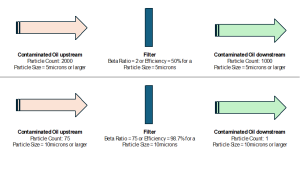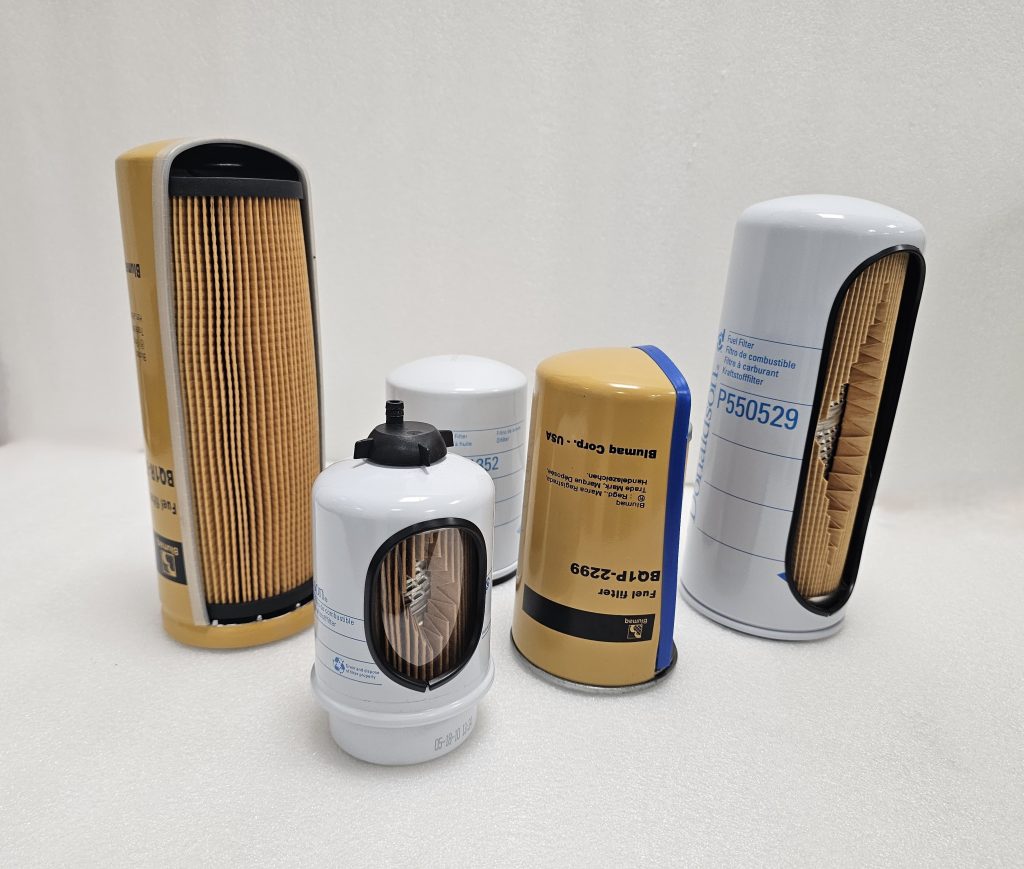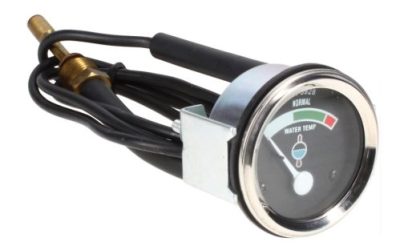Understanding Fluid Filters: The Crucial Role of Specifications
In the world of engine fuel, hydraulic, and transmission systems, the cleanliness of the oil plays a vital role in ensuring the longevity and efficiency of precision components. While often overlooked, filters are a low-cost yet essential part of maintaining this cleanliness. However, using a filter without fully understanding its specifications or disregarding the manufacturer’s guidelines can lead to premature machine failure, resulting in costly repairs and unexpected downtime.
The Importance of Filter Specifications
When selecting a filter, it’s essential to consider various specifications, with one of the most critical being the Efficiency or Beta ratio, which determines the filter’s ability to capture particles of a specified size. This ratio directly impacts the cleanliness level that can be maintained within the system.
 What is the Beta Ratio or Efficiency of a Filter?
What is the Beta Ratio or Efficiency of a Filter?
The Beta Ratio is defined as the ratio of the number of particles of a specific size or larger upstream of the filter to those downstream. This ratio, closely related to the filter’s Efficiency, can be calculated using the formula:
Efficiency % = ((Beta Ratio – 1)/Beta Ratio) x 100
Efficiency is always associated with a particular particle size, measured in microns. For example, a filter with a Beta Ratio of 2 (or 50% Efficiency) for particles of 5 microns or larger will allow approximately half of those particles to pass through, potentially leading to increased wear on system components. On the other hand, a filter with a Beta Ratio of 75 (or 98.7% Efficiency) for particles of 10 microns or larger will be much more effective, yet it will still allow a small percentage of these particles to pass through.
Understanding the Manufacturer’s Specifications
The example above illustrates that selecting a filter solely based on its Efficiency or Beta Ratio, or merely by the smallest particle size, may not guarantee the desired cleanliness of the oil. In practice, manufacturers often specify the particle size at the filter’s highest efficiency. However, Beta ratios above 75 or Efficiency higher than 98.7% typically do not lead to a significant improvement in performance but can result in a higher cost for the filter.
When it comes to fluid filters, understanding the specifications is paramount. Choosing the right filter involves more than just opting for the highest efficiency or the smallest particle size. Instead, it requires a comprehensive understanding of how these specifications align with the specific needs of your system.



